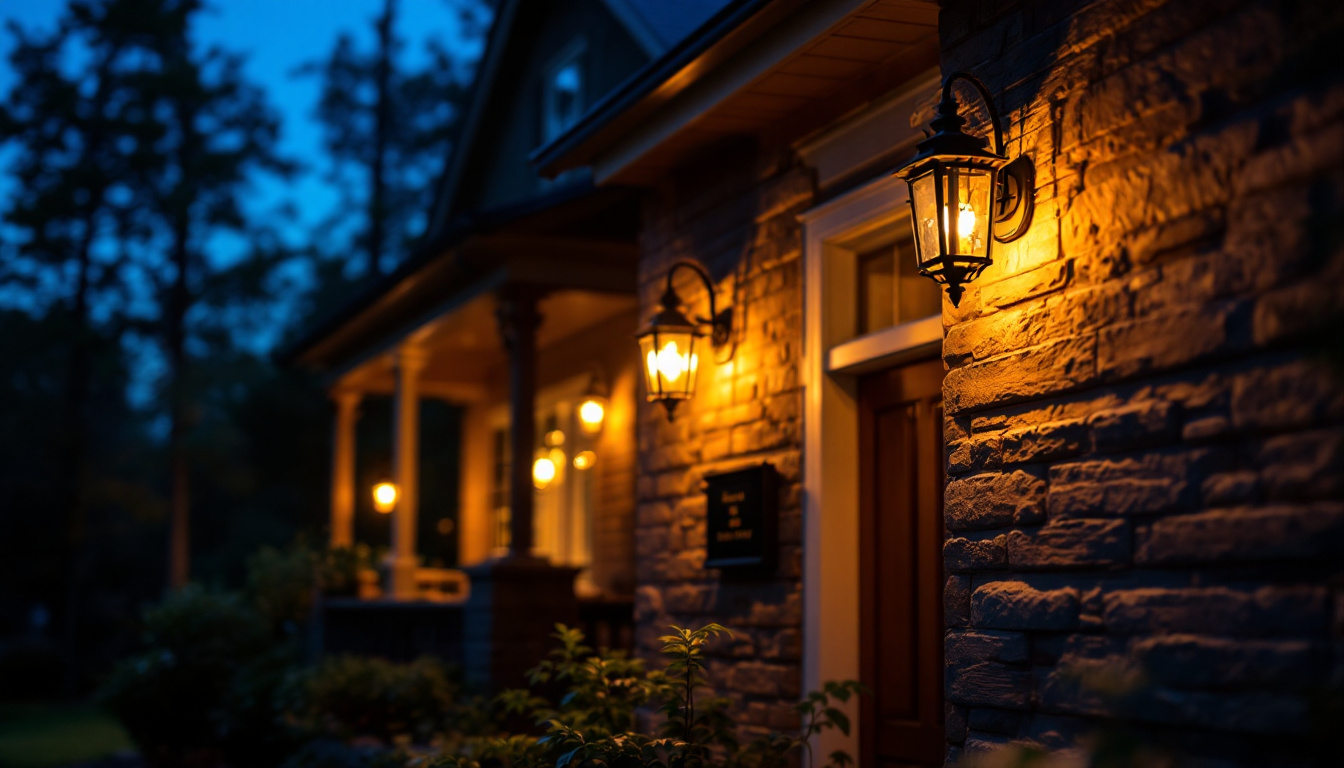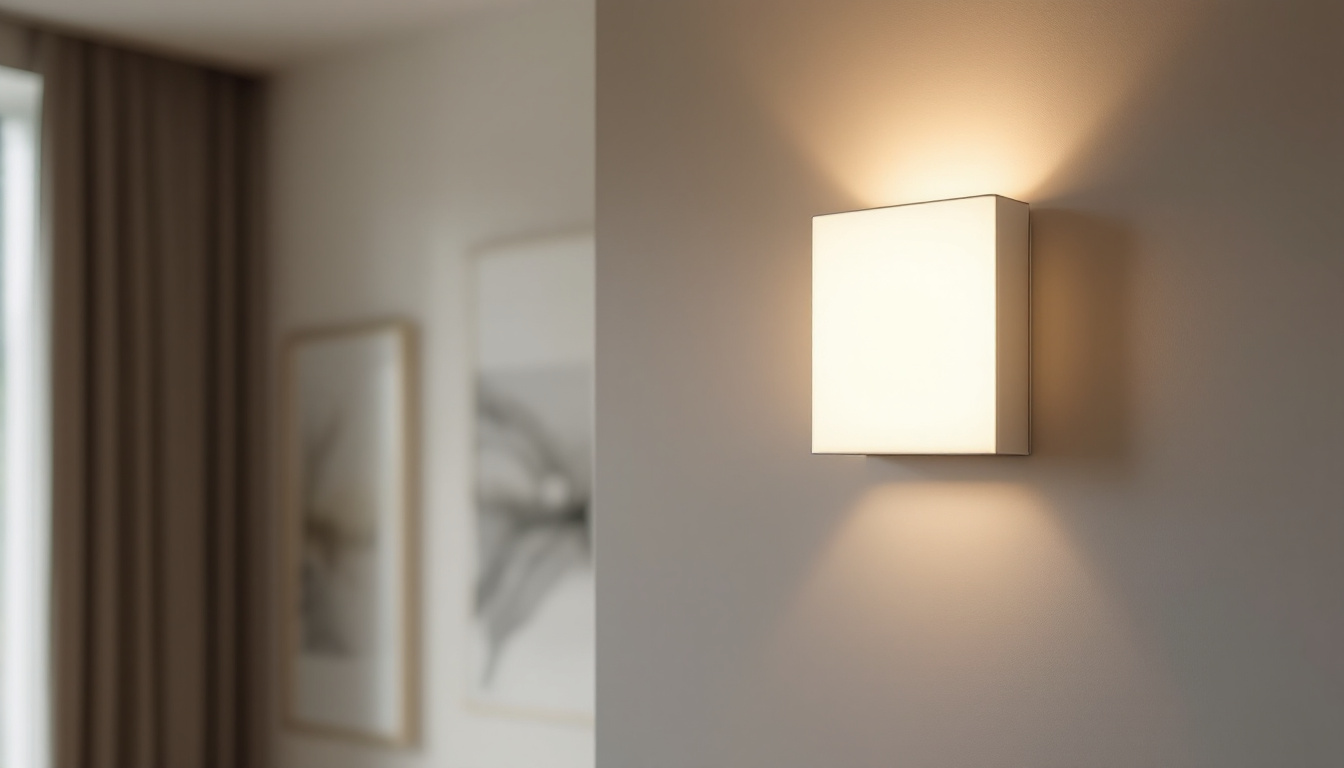
In the realm of lighting installations, safety is paramount. track lighting systems have gained popularity not only for their aesthetic appeal but also for their functional advantages. This article delves into how track lighting tracks enhance safety in various settings, providing insights for lighting contractors looking to improve their installations.
Track lighting systems consist of a linear track that houses multiple light fixtures. These fixtures can be adjusted to direct light where it is needed most, making them versatile for different environments. The design of track lighting allows for easy reconfiguration, which is particularly beneficial in spaces that require frequent changes in layout or lighting needs. Whether illuminating a gallery, highlighting architectural features, or providing ambient light in a living room, track lighting adapts seamlessly to various contexts.
At the core of any track lighting system is the track itself, which serves as the backbone for the entire installation. The track is typically mounted to the ceiling or wall and can accommodate various types of fixtures, including spotlights, floodlights, and pendant lights. Each fixture connects to the track via a specialized connector, ensuring a secure and efficient electrical connection. This modular approach not only simplifies installation but also allows for easy upgrades or changes to the lighting scheme as needs evolve.
In addition to the track and fixtures, other components such as power feeds, connectors, and end caps play a vital role in the overall functionality of the system. Power feeds are essential for delivering electricity to the track, and they come in various configurations to suit different installation scenarios. Connectors allow for the seamless joining of multiple track sections, while end caps provide a polished finish and protect the electrical components from dust and damage. Understanding these components is essential for contractors to ensure a safe and effective installation, as well as to provide clients with the best possible lighting solutions.
There are several types of track lighting systems available, each designed for specific applications. The most common types include:
Each type has its own safety considerations, making it crucial for contractors to select the appropriate system based on the installation environment and lighting requirements. For instance, H-Type tracks are often favored in retail spaces due to their adaptability, allowing store owners to spotlight products effectively. On the other hand, J-Type tracks, with their streamlined design, are perfect for creating a cozy atmosphere in homes, where aesthetic appeal is just as important as functionality. Additionally, L-Type tracks are particularly advantageous in large open areas, such as warehouses or exhibition halls, where the ability to direct light across vast spaces can enhance visibility and safety.
Track lighting systems are designed with safety in mind. From the materials used to the installation process, various features contribute to a safer lighting environment. Understanding these safety features is essential for contractors to ensure compliance with industry standards and regulations.
One of the primary concerns in any lighting installation is electrical safety. Track lighting systems are designed to minimize the risk of electrical hazards. The tracks are constructed from durable materials that can withstand heat and prevent electrical shorts. Additionally, the connectors used in track lighting are designed to ensure a secure fit, reducing the chances of loose connections that could lead to sparks or fires.
Moreover, many track lighting systems include built-in circuit protection features, such as fuses or circuit breakers, which automatically shut off power in the event of a fault. This proactive approach to electrical safety is crucial for protecting both the installation and the occupants of the space. In addition, some advanced systems feature smart technology that can monitor electrical loads and alert users to potential issues before they escalate, providing an extra layer of safety and peace of mind.
Heat management is another critical aspect of track lighting safety. High-intensity bulbs, such as halogen or LED, can generate significant heat during operation. Track lighting systems are designed to dissipate this heat effectively, preventing overheating and reducing the risk of fire hazards.
Contractors should consider the placement of fixtures on the track to ensure adequate airflow around heat-generating bulbs. Additionally, using fixtures with appropriate heat-resistant materials can further enhance safety and longevity. Implementing thermal cut-off switches in fixtures can also help mitigate risks by automatically turning off the light if it reaches an unsafe temperature, thereby protecting both the fixture and surrounding materials from damage.
Proper installation is key to ensuring the safety and effectiveness of track lighting systems. Contractors must adhere to local building codes and manufacturer guidelines when installing track lighting. This includes ensuring that the track is securely mounted to a stable surface and that all electrical connections are tight and properly insulated.
Furthermore, it is essential to assess the load capacity of the track and ensure that it is not overloaded with fixtures. Overloading can lead to overheating and potential electrical failures, posing safety risks to both the installation and its users. Regular maintenance checks should also be scheduled to inspect the integrity of the installation, including the condition of the wiring and the stability of the fixtures. By doing so, contractors can help ensure that the track lighting system continues to operate safely and efficiently over time, minimizing the risk of accidents and enhancing the overall functionality of the lighting design.
Track lighting not only improves aesthetics but also enhances visibility and safety in various environments. Whether in residential, commercial, or industrial settings, the strategic placement of track lighting can significantly impact safety.
In residential spaces, track lighting can illuminate hallways, staircases, and other areas where visibility is crucial. By directing light where it is needed most, track lighting helps prevent accidents and falls, particularly in dimly lit areas.
Moreover, adjustable fixtures allow homeowners to customize their lighting according to their preferences, ensuring that every corner of the home is well-lit. This flexibility is especially beneficial in spaces that serve multiple purposes, such as living rooms or home offices.
In commercial environments, safety is a top priority. Track lighting can enhance visibility in retail spaces, offices, and warehouses, helping to create a safer environment for employees and customers alike. Well-lit areas reduce the risk of accidents and improve overall security by deterring potential intruders.
Additionally, track lighting can be used to highlight emergency exits and safety equipment, ensuring that these critical features are easily visible in case of an emergency. This strategic use of lighting not only enhances safety but also complies with safety regulations in commercial buildings.
In industrial settings, proper lighting is essential for safety and efficiency. Track lighting can be used to illuminate workstations, machinery, and storage areas, reducing the risk of accidents caused by poor visibility. The ability to adjust fixtures allows for targeted lighting in areas where it is needed most, ensuring that workers can perform their tasks safely.
Furthermore, track lighting systems can be integrated with motion sensors and other smart technologies to enhance safety further. For example, lights can automatically turn on when someone enters a space, providing instant illumination and reducing the risk of accidents in dark areas.
Regular maintenance is crucial for ensuring the safety and longevity of track lighting systems. Contractors should educate clients on the importance of routine checks and maintenance to prevent potential hazards.
Conducting regular inspections of track lighting systems is essential for identifying potential issues before they become serious problems. Contractors should recommend that clients check for signs of wear and tear, such as frayed wires or loose connections, and address these issues promptly.
Additionally, inspecting the fixtures for proper alignment and functionality can help ensure that the lighting remains effective and safe. Regular maintenance not only prolongs the life of the system but also enhances safety by preventing electrical hazards.
Dust and debris can accumulate on track lighting fixtures, affecting their performance and safety. Regular cleaning is essential to maintain optimal lighting levels and prevent overheating. Contractors should advise clients on the best cleaning practices, including using non-abrasive materials and avoiding harsh chemicals that could damage the fixtures.
Furthermore, ensuring that the bulbs are replaced promptly when burnt out is crucial for maintaining safety. Dim or flickering lights can create hazardous conditions, particularly in high-traffic areas.
Educating clients about the safety features and maintenance requirements of track lighting systems is essential for ensuring long-term safety. Contractors should provide clear instructions on how to operate and maintain the system, emphasizing the importance of safety precautions.
By empowering clients with knowledge, contractors can help ensure that track lighting systems remain safe and effective for years to come.
Track lighting systems offer a versatile and effective solution for enhancing safety in lighting installations. With their adjustable fixtures and robust safety features, these systems provide contractors with the tools they need to create well-lit, safe environments in various settings.
From residential to commercial and industrial applications, track lighting can significantly improve visibility and reduce the risk of accidents. By understanding the components, safety features, and maintenance requirements of track lighting systems, contractors can deliver high-quality installations that prioritize safety and functionality.
As the demand for innovative lighting solutions continues to grow, track lighting stands out as a reliable choice for contractors committed to enhancing safety in their projects. By leveraging the benefits of track lighting, contractors can ensure that their installations not only meet aesthetic standards but also contribute to a safer environment for all.
Ready to elevate your lighting installations with the safety and versatility of track lighting? Look no further than LumenWholesale for all your lighting needs. We provide contractors with high-quality, specification-grade lighting products at unbeatable wholesale prices, ensuring you get the most value for your investment. Our extensive selection is designed to meet the highest industry standards, so you can install with confidence, knowing that safety and performance are built into every product. Plus, with free shipping on bulk orders, you can stock up on premium lighting without the worry of hidden fees. Don’t compromise on quality or cost—choose LumenWholesale for the perfect blend of affordability and convenience. Wholesale Lighting at the Best Value is just a click away.

Discover how integrating motion detection light fixtures into your projects can elevate your business.

Explore the impact of modern hanging light fixtures on the profitability of lighting contractors.

Discover expert tips and insights from top lighting contractors on choosing the perfect outlet for your porch light.

Discover expert strategies and innovative techniques for lighting contractors to effectively install flat wall sconces.